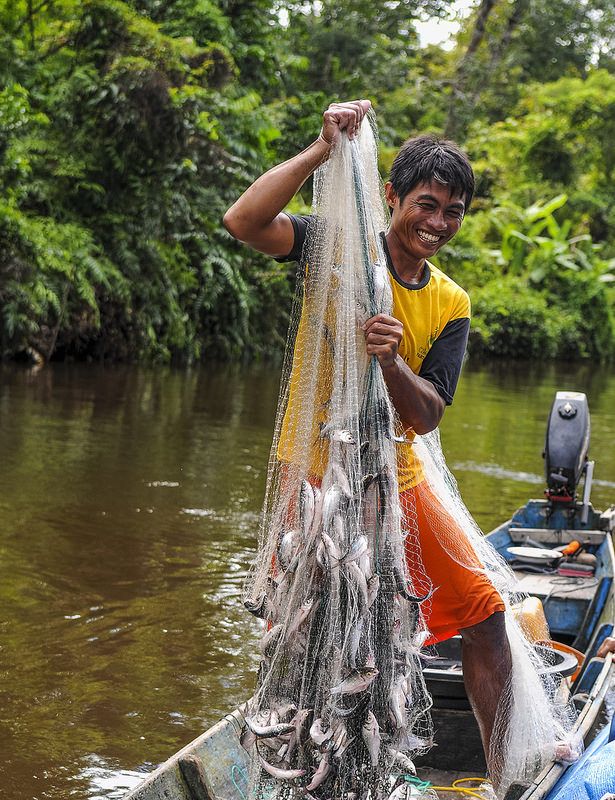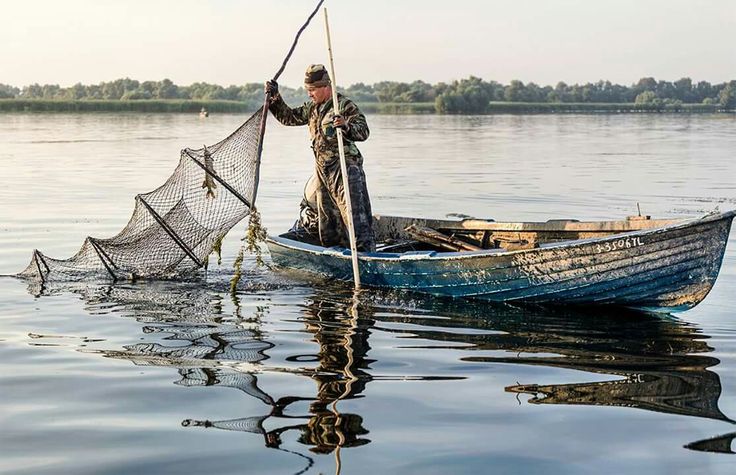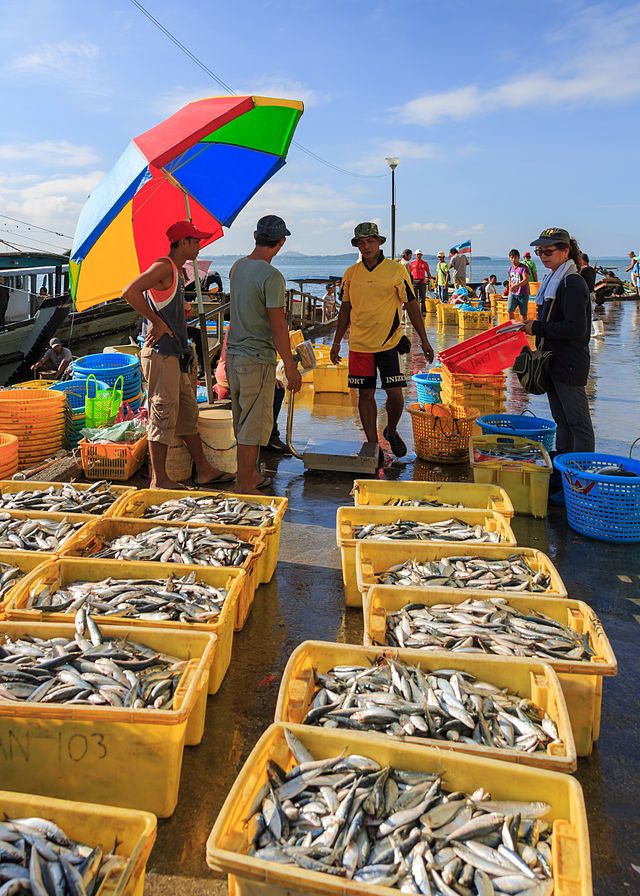Harvesting fish efficiently is a critical step in aquaculture, ensuring that farmers can maximize yields while maintaining the quality of their product. Proper techniques and timing are essential to achieve a successful harvest that meets market demands.
Determining the Right Time for Harvest
The timing of a fish harvest depends on factors such as the species, market size requirements, and growth rates. Regular monitoring of fish size and weight helps determine the optimal time for harvesting, ensuring the best return on investment.

Besides fish farming, at Kimd Group of Companies, we support beginner farmers by offering tailored business proposal writing services and design plans for various animal capacities. Therefore whether you’re just starting out or looking to expand, we provide the resources and expertise to help you succeed in the farming industry.
Using Appropriate Harvesting Methods
Choosing the right harvesting method is vital to minimize stress and damage to the fish. In tank or cage systems, dip nets or specialized harvesting equipment are effective. The method should ensure minimal handling to preserve fish quality.

Maintaining Water Quality During Harvesting
Harvesting can stir up sediments and reduce water quality, which may stress the fish. Proper preparation, such as lowering water levels gradually and minimizing disturbances, helps maintain optimal conditions during the process.

Handling and Transporting Fish with Care
Once harvested, fish should be handled carefully to reduce stress and injuries. Immediate placement in clean water or ice slurry is recommended for preserving freshness. Ensuring proper aeration during transport helps maintain fish quality until they reach the processing or selling stage.

Ensuring Hygiene and Safety
Maintaining hygiene during harvesting is essential to prevent contamination. All equipment should be cleaned and sanitized, and workers should follow strict hygiene protocols. This not only ensures a quality product but also complies with food safety standards.
Preparing for Market or Processing
After harvesting, fish can be sold fresh, frozen, or processed depending on market demands. Sorting fish by size and quality helps meet buyer preferences and maximize profits. Establishing a streamlined supply chain ensures the harvested fish reach the market quickly and in top condition.

Conclusion
Efficient fish harvesting requires careful planning, the right techniques, and attention to detail. By focusing on timing, methods, and post-harvest care, fish farmers can optimize their yields and deliver high-quality products to the market.

